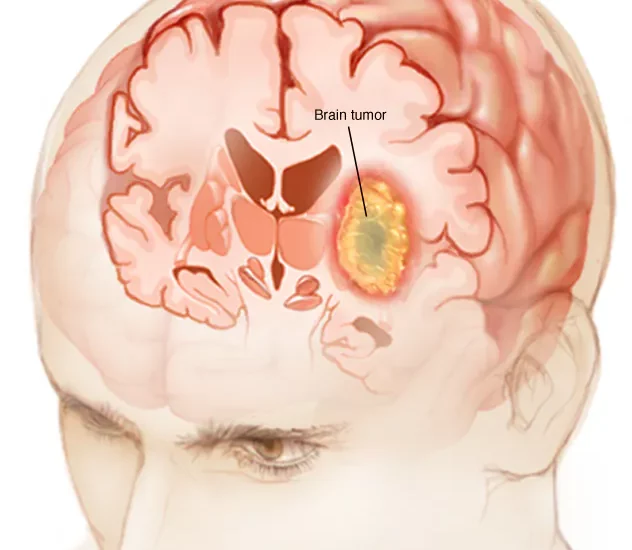


Brain tumors are a complex and often devastating medical condition that can affect anyone, regardless of age or gender. When someone is diagnosed with a brain tumor, one of the first questions that comes to mind is, “What is the survival rate?” Understanding brain tumor survival rates is essential for patients and their families as it provides valuable information about the prognosis and potential outcomes. In this article, we will delve into the intricacies of brain tumor survival rates, exploring the factors that influence brain tumor survival rate and highlighting the advances in medical science that offer hope to those facing this challenging diagnosis.

To comprehend brain tumor survival rates, it is crucial to first grasp the fundamentals of brain tumors. Brain tumors can be classified into two broad categories: benign and malignant. Benign tumors are non-cancerous growths that typically have well-defined borders and do not invade surrounding tissues. Malignant tumors, on the other hand, are cancerous and can invade nearby tissues, making them more challenging to treat.
Survival rates for brain tumors are determined by several factors, including:
Different types of brain tumors have varying survival rates. Some tumors are more aggressive, while others grow slowly and respond better to treatment.
Brain tumors are graded on a scale from I to IV, with higher grades indicating more aggressive tumors. Higher-grade tumors generally have lower survival rates.
A patient’s age at the time of diagnosis can significantly impact survival rates. Younger patients tend to have better outcomes.
The location of the tumor within the brain can affect treatment options and, consequently, survival rates.
The type of treatment received, such as surgery, radiation therapy, chemotherapy, or a combination of these, plays a vital role in determining survival rates.
A patient’s overall health and ability to tolerate treatment are essential factors in survival.
Survival rates are typically expressed as a percentage and are calculated based on data from a large number of patients over a specified period, usually five years. For example, a five-year survival rate of 70% means that 70% of patients diagnosed with a particular brain tumor type were still alive five years after diagnosis.
It’s important to note that survival rates are general statistics and do not predict an individual’s outcome with certainty. Many factors can influence an individual’s prognosis, and advancements in medical treatments continue to improve survival rates over time.
Brain tumors can be further categorized into specific types, each with its own unique survival rate statistics. Here are some common types of brain tumors and their associated survival rates:
GBM is one of the most aggressive brain tumors, with a five-year survival rate of approximately 5%. However, new treatments and clinical trials offer hope for improved outcomes.
Meningiomas are generally benign tumors, and the five-year survival rate is approximately 80-90%.
Survival rates for astrocytomas vary depending on the grade. Low-grade astrocytomas have a better prognosis, with five-year survival rates of around 60-80%.
This childhood brain tumor has a five-year survival rate of about 70-80% due to advances in pediatric oncology.
Most pituitary adenomas are benign, and the five-year survival rate is very high, often approaching 100%.
In recent years, there have been significant advancements in brain tumor treatment, offering hope to patients and potentially improving survival rates. These advances include:
Researchers have developed targeted therapies that aim to attack specific molecules or pathways involved in the growth of brain tumors, reducing damage to healthy tissue.
Immunotherapy has shown promise in harnessing the body’s immune system to fight brain tumors, and ongoing research continues to explore its potential.
Personalized treatment plans based on a patient’s genetic profile and tumor characteristics have become more common, optimizing the chances of successful treatment.
Surgical techniques have advanced, allowing for less invasive procedures and shorter recovery times.
Participation in clinical trials provides access to cutting-edge treatments and therapies that may offer better outcomes.
While brain tumor survival rates can be daunting, they should be viewed as general statistics rather than definitive predictions. Many factors influence an individual’s prognosis, and advances in medical science offer hope to those facing this challenging diagnosis. It is essential for patients and their families to consult with healthcare professionals, consider treatment options, and explore clinical trials to make informed decisions about their care. With ongoing research and innovative treatments, the future holds promise for improved brain tumor survival rates and better outcomes for patients.